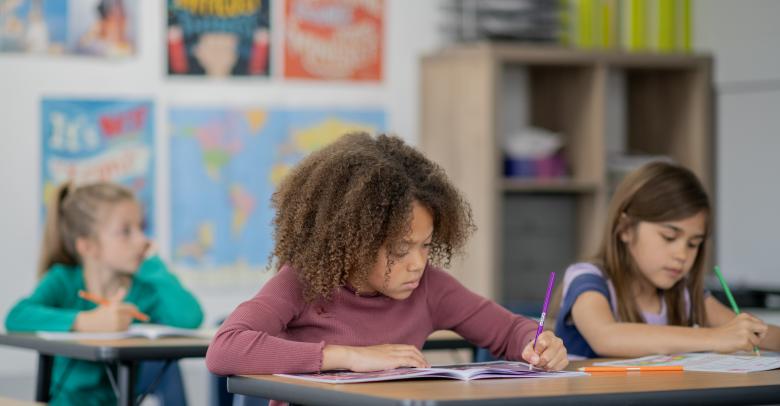If you spend any time at all on Facebook, you have likely seen these requests: pictures of teachers asking us all to “like,” comment on, and share their posts to demonstrate the power of social media to their students.
This is one powerful way you can teach Internet safety in the classroom. Since large numbers of people often comply with the requests and share the posts, they frequently go viral and reach thousands of people. This in turn reveals to students how vast and far-reaching social media on the Internet can be.
The Internet is almost like a living organism, as it gains its “life” vicariously through the people who use the Internet. Social media via the Internet also allows interaction with nearly anyone, but the relative anonymity also poses problems for safe interaction. Unscrupulous adults can pretend to be someone else and lure unsuspecting students into sometimes dangerous situations that could harm or even kill them. Since just about anyone can show up online, it’s essential for your students to know how to use the Internet safely.
Tips for Teaching Internet and Social Media Safety
To Post or Not to Post
Teach students about the appropriate things to post on social media, as well as the things to NEVER post. For instance, students could post general information about school activities, hobbies, sports, interests, and some photos as long as they’re not too personal.
BUT…students should NOT post their personal contact information, their residential addresses, or other identifying information. In addition, they definitely should NOT post immodest photos. Girls, especially, should not share photos in which they are dressed scantily or in sexually suggestive poses. Students should also not appear on a webcam with little or no clothing, at anyone’s request. There are far too many sexual predators online who look for young, naïve children and teens.
Be Smart with Smartphones
Since students are typically on their smartphones for all their waking hours, and usually have Internet access through their phones, the same rules apply as just mentioned about what to share or not share through social media.
Another tip particular to smartphones is to teach students how to disable the feature that broadcasts their location to other users. Strangers do not need to know where students are, to prevent them from becoming victims of stalkers.
In addition, students should NEVER engage is what is known as “sexting” or sending explicit text and photos of a sexual nature to one another. It can lead to unwanted attention or behavior, and many states have laws against it.
Protect Privacy and Display Decency
It may seem like common sense, but teach students to protect their privacy by limiting access of their social media accounts to only family, trusted friends, and trusted adults. Teach them to adjust privacy settings to only allow those people, and not everyone in the public at large, to read their posts, to see their pictures, and to interact with them.
Students should NEVER agree to meet strangers they have met online. If strangers attempt to convince students to meet somewhere, students should notify their parents or guardians, who can then contact authorities.
Finally, teach students to display decent, appropriate behavior at all times in their social media interactions online. If they wouldn’t say or do certain things in person, then they shouldn’t do or say it online. Students should also never engage in cyber stalking or bullying, but they should report any such behavior from others to their parents or guardians. Responsible adults can then report such cases of cyber stalking or bullying to the proper authorities.
In Summary
Keep your students safe by teaching them to use safe Internet and social media protocol:
- Only post appropriate content online.
- Be smart with smartphones.
- Protect privacy.
- Display decent behavior.






Leave a Reply